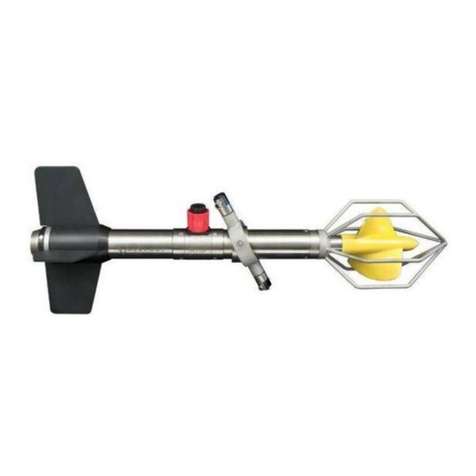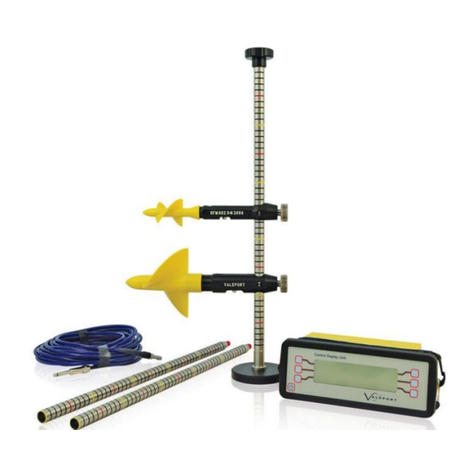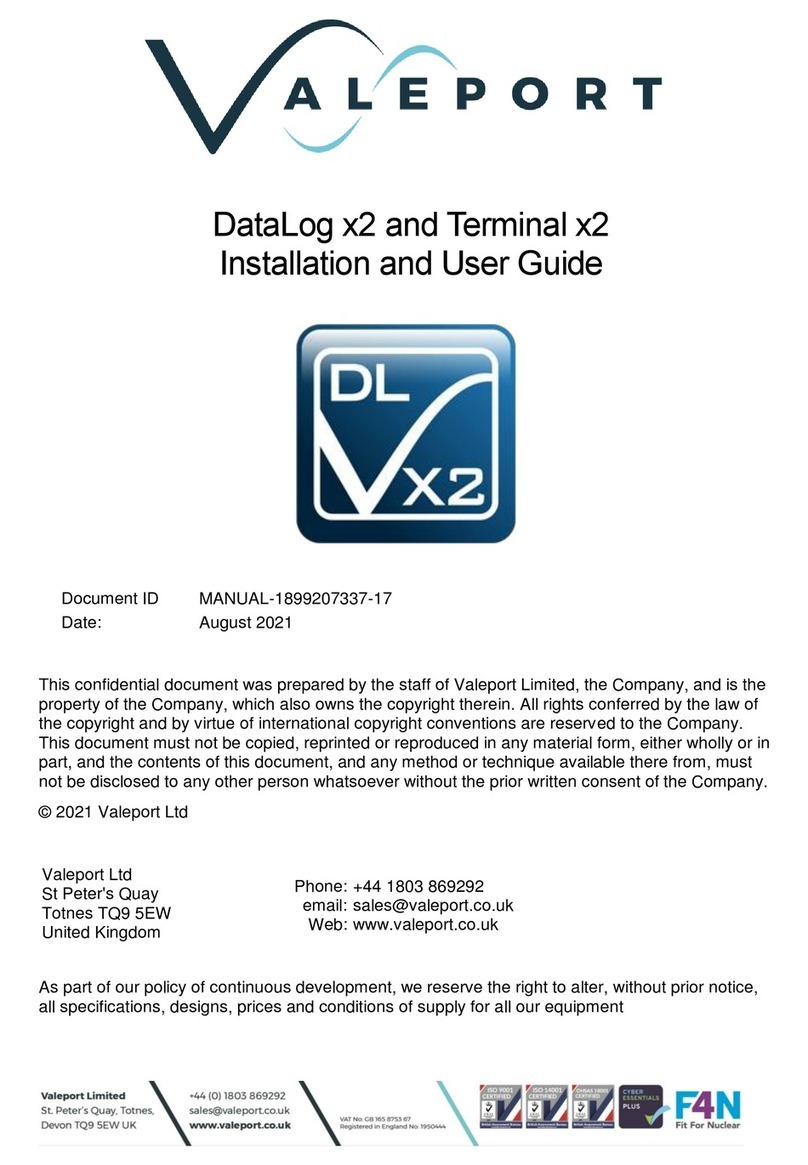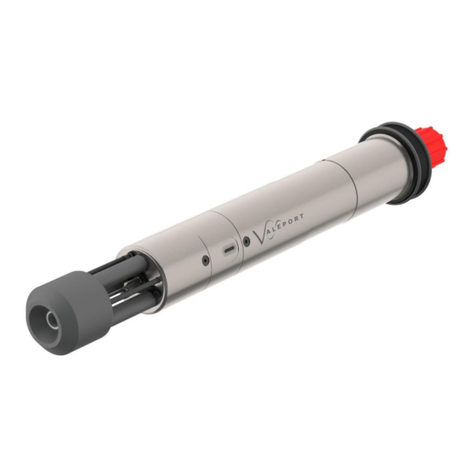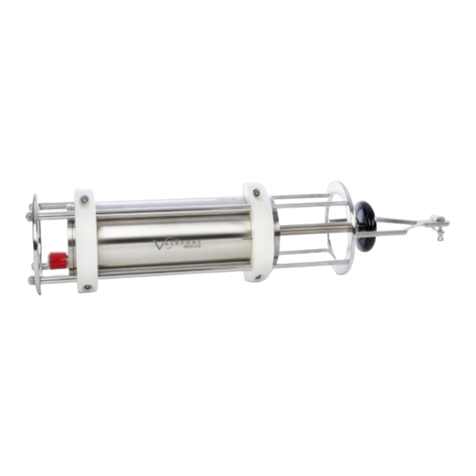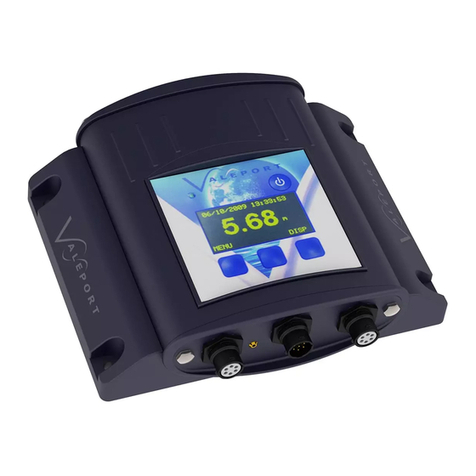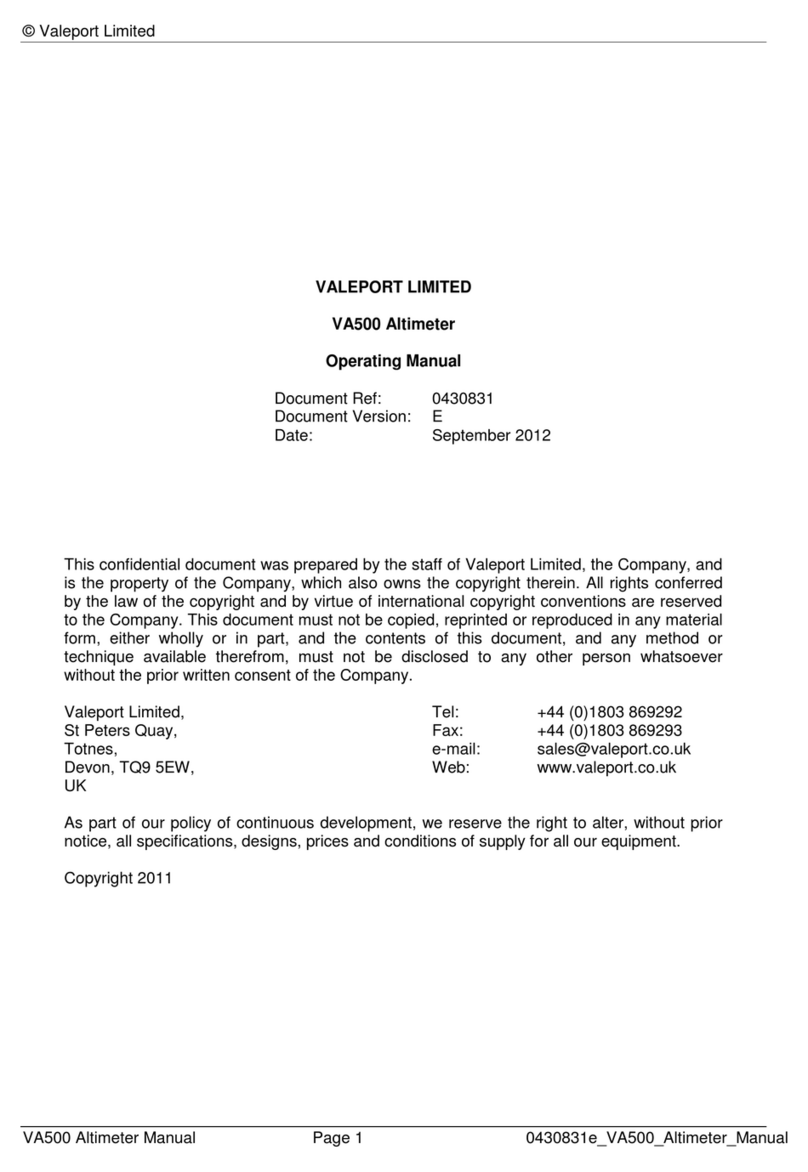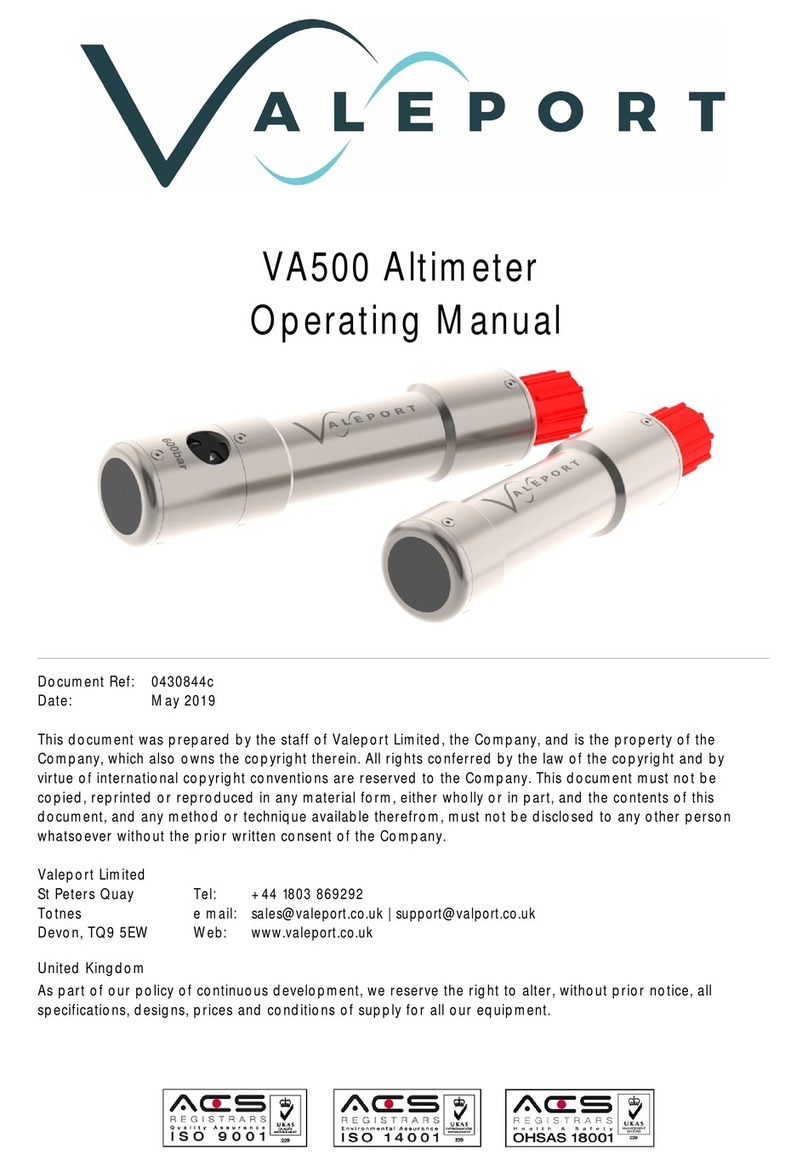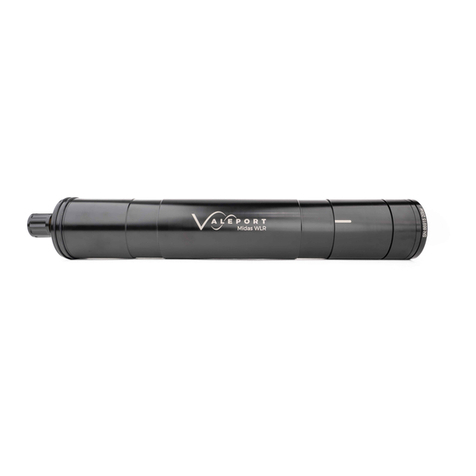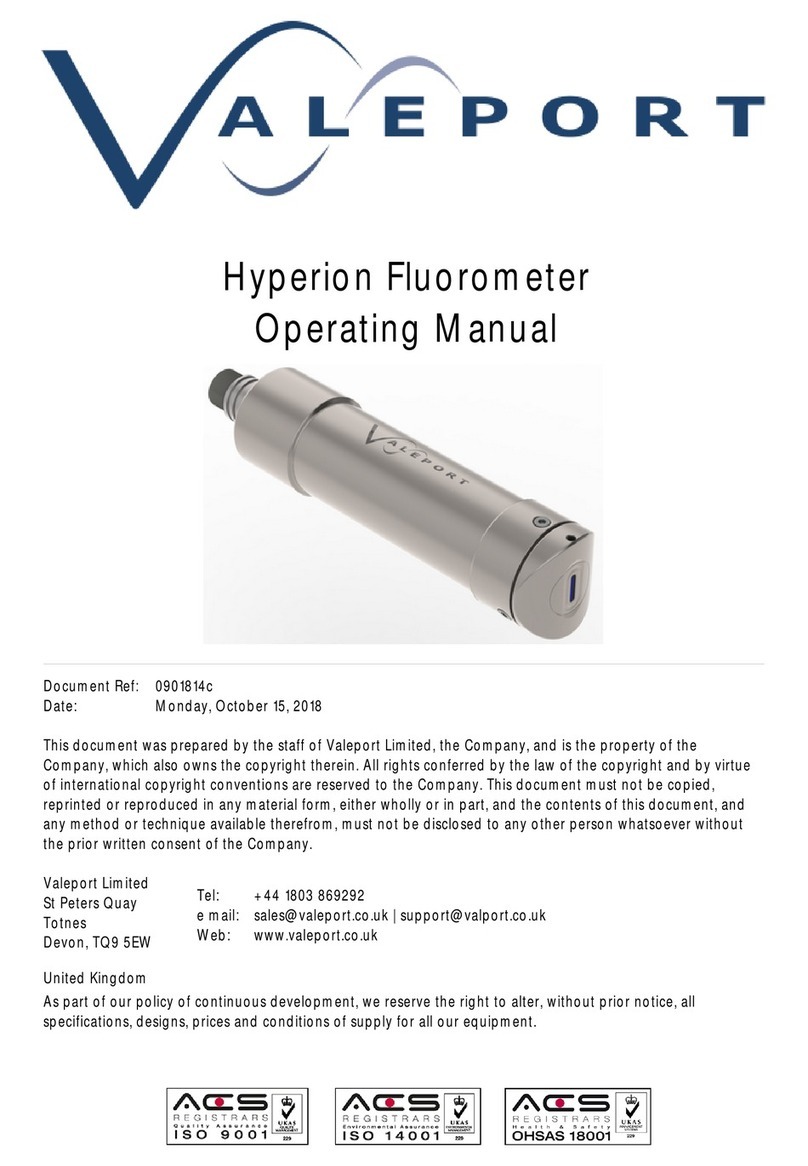
Model 801 EM Current Meter
Page 6
© 2016 Valeport Ltd
The system is calibrated as a combination of sensor with electronics in the Control Display Unit, and
the serial number of both the probe and the CDU are displayed on the display on start up.
The system will operate in any conducting fluid, and the conductivity does not effect calibration.
At very low conductivities the signal will, however, become noisier. A simple check is to check the
noise in still water.
The CDU has its own internal batteries, and bulkhead connectors for the data interface to PC and
the sensor. There is also a waterproof pressure equalising valve, to compensate for changes in
temperature and atmospheric pressure that would otherwise cause the display membrane to
distort. The connectors have waterproof pro-caps for when not in use. The CDU is designed for
operation in rain conditions and for temporary immersion in water to 0.3m for 10 seconds,
provided all connectors or pro-caps are fitted.
The EM system measures the flow twice every second, and calculates the real time flow every
second as the average of the half second readings. The REAL TIME display is updated every second.
The average speeds are computed as the average of the one second real time values over the
averaging period which has been set [maximum period of 600 seconds]. If an average period is
terminated early, then the calculation is based on the time since the average was started.
The 2Hz data from the EM system has been digitally filtered from raw 96Hz data. The filter is a Digital
FIR filter with a fixed time delay and no frequency dependent phase shift. The filter –3dB cut off is
0.61Hz, and the delay time is 4.0 seconds.
The STANDARD DEVIATION [SD] is calculated from real time samples taken during the averaging
period and gives an indication of the quality of the measurements. A high standard deviation
indicates either a high variability in the flow, or the probe has not been held steady during the
measurement.
There are 3 types of Averaging Modes:
Fixed average:
The unit performs one average over the period set. At the end of the averaging period
the unit stops and displays the average and SD. It will commence another averaging
period when requested by pressing START.
Free running:
This is fixed average with automatic restart of averaging period at the end of each
period. The average and SD from the previous period are displayed and held during the
subsequent period, until updated.
Moving average:
The average and SD are calculated over the averaging period set, and is updated every
second. When STOP is selected, the display is frozen at the last average.
